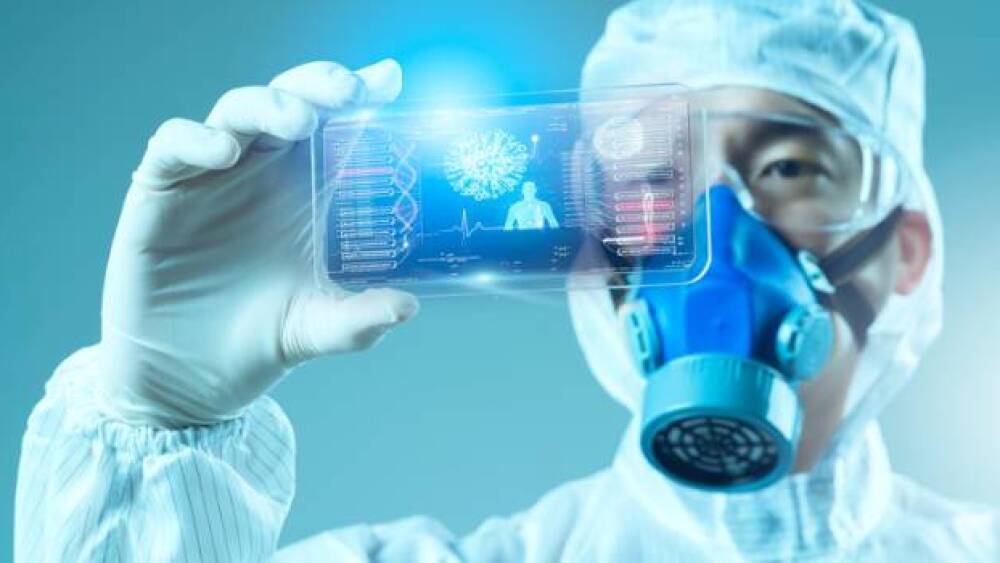Roche has partnered with BMS to utilize two digital pathology platforms that would advance research into solid tumor treatment options for patients.
Researchers are taking AI leverage to find treatment options for solid tumor treatment.
Roche has partnered with Bristol Myers Squibb to utilize two digital pathology platforms that would advance research into options for solid tumor treatment.
The two projects leverage the capabilities of artificial intelligence and computation technology in digital pathology to help healthcare professionals obtain more accurate and comprehensive results and improve treatment outcomes.
How These Companies are Plan to Use AI for Solid Tumor Treatment
The first project involves Roche Digital Pathology’s creation of an AI-based image analysis algorithm that will help pathologists evaluate the on-market Ventana PD-L1 assay, which Bristol Myers Squibb will use to generate biomarker data from clinical trial samples.
The second project features Roche’s Open Environment partnership with PathAI to integrate an algorithm for CD8 biomarker assessment into the Navify Digital Pathology software. Bristol Myers Squibb will use this second platform to evaluate clinical trial samples that have been stained with the CD8 assay and generate biomarker data to find solid tumor treatment.
“We believe digital methods will bring significant improvements in standardization and interpretation of tissue-based assays and will enable broader access to tissue-based assays. The ability to more deeply interrogate images will present opportunities to better understand disease biology, potentially leading to expanded and improved drug development options and ultimately highly effective patient selection strategies,” said Sarah Hersey, the vice president for the translational sciences and diagnostics arm of Bristol Myers Squibb, in a statement.
The goal of both projects is to generate information that can be used to advance personalized solid tumor treatment options and aid in more accurate cancer diagnoses. Roche’s pathology lab solutions have the capacity to perform end-to-end processes, from tissue staining to high-quality digital imaging. These are combined with modern AI-based image analysis tools and deep learning methods to help healthcare providers come up with meaningful insights based on tissue samples. Having AI in the mix also means faster diagnoses and reduced risks of human error.
“The Bristol Myers Squibb and PathAI collaborations are among the first examples where AI technology and digital pathology applications are playing a role in developing treatments for patients. By using our NAVIFY Digital platform to interpret tissue based assays and AI algorithms, pathologists are better able to identify targeted therapy options, ultimately improving patient care,” noted Jill German, the head of Roche Diagnostics Pathology Customer Area, in the same press release.
The Roche Digital Pathology Open Environment was launched in September 2021 to enable the secure exchange and flow of data, allowing the pathologists to access advanced technology from third-party providers alongside the company’s own AI-based image analysis tools. This allows software developers to distribute their digital products worldwide through Roche, with the goal to make work easier and faster for pathologists everywhere.
Roche has two deployment options for its technology: the Ventana DP 200 slide scanner and uPath enterprise software, both of which are CE-IVD marked for in-vitro diagnostic use. They are available in the U.S. for solid tumor treatment research purposes.
Financial terms of the collaboration, if any, were not disclosed.





